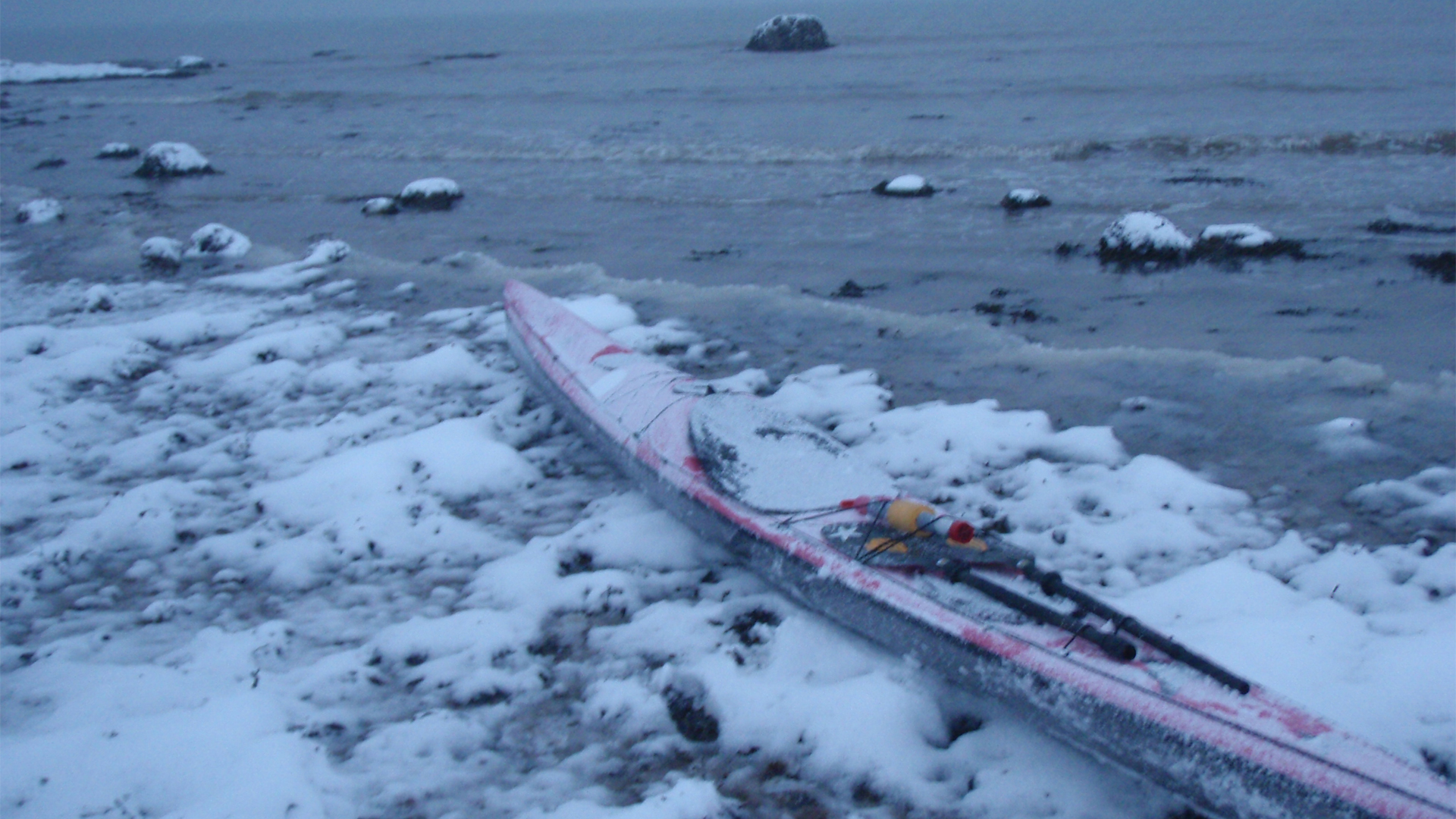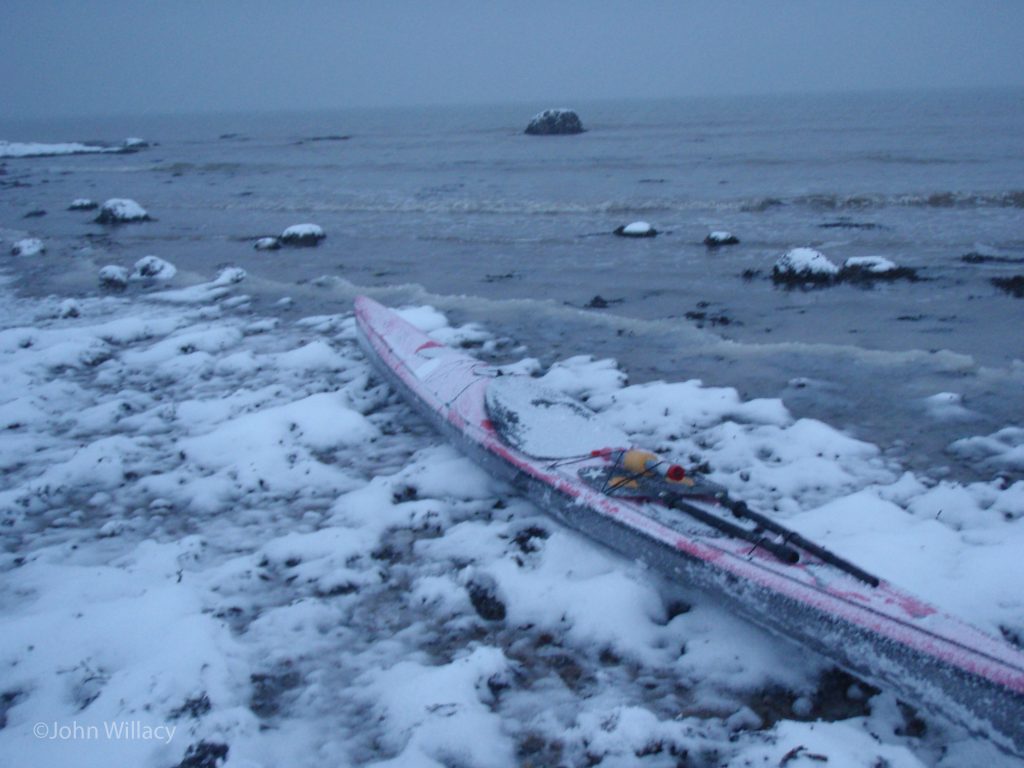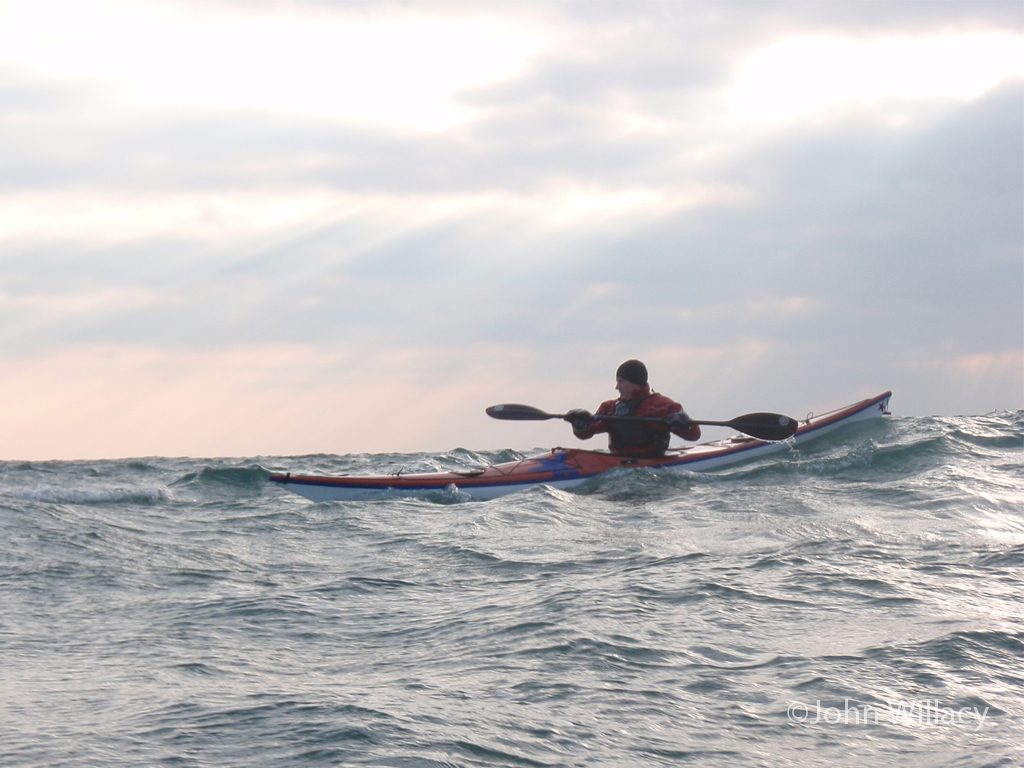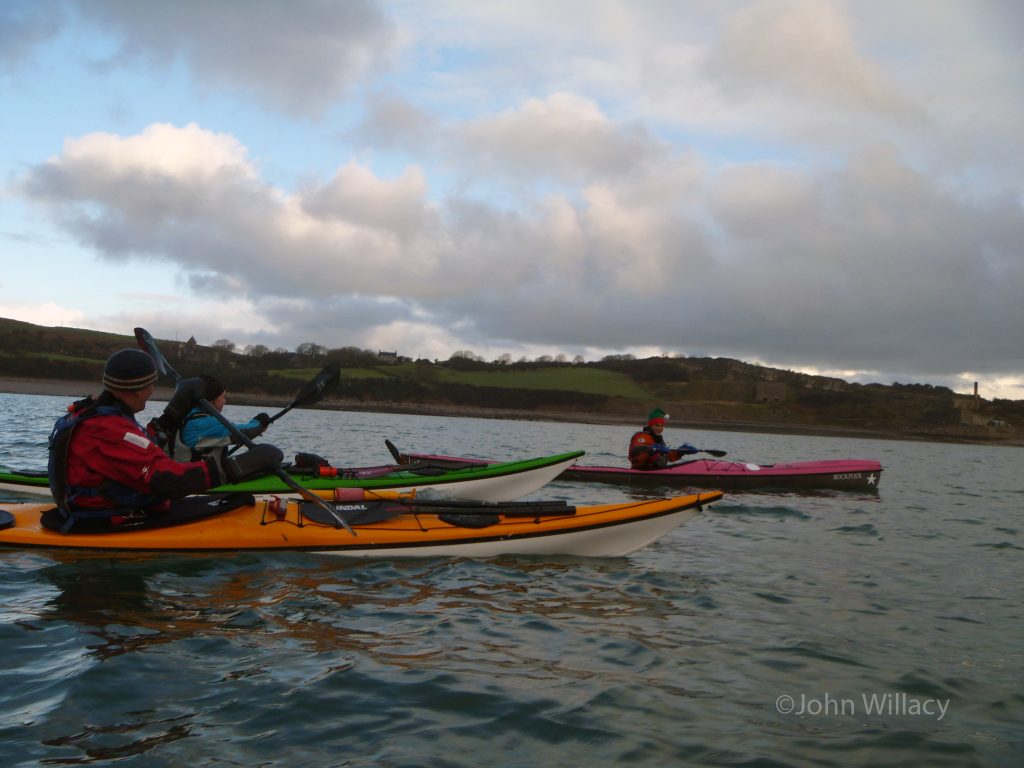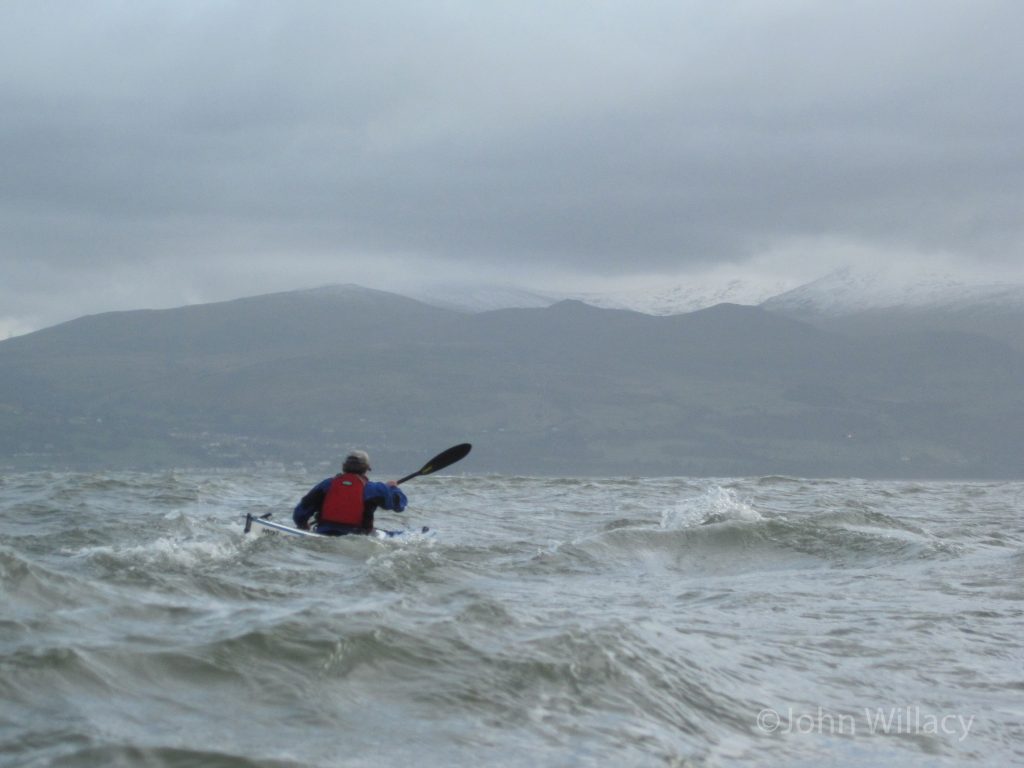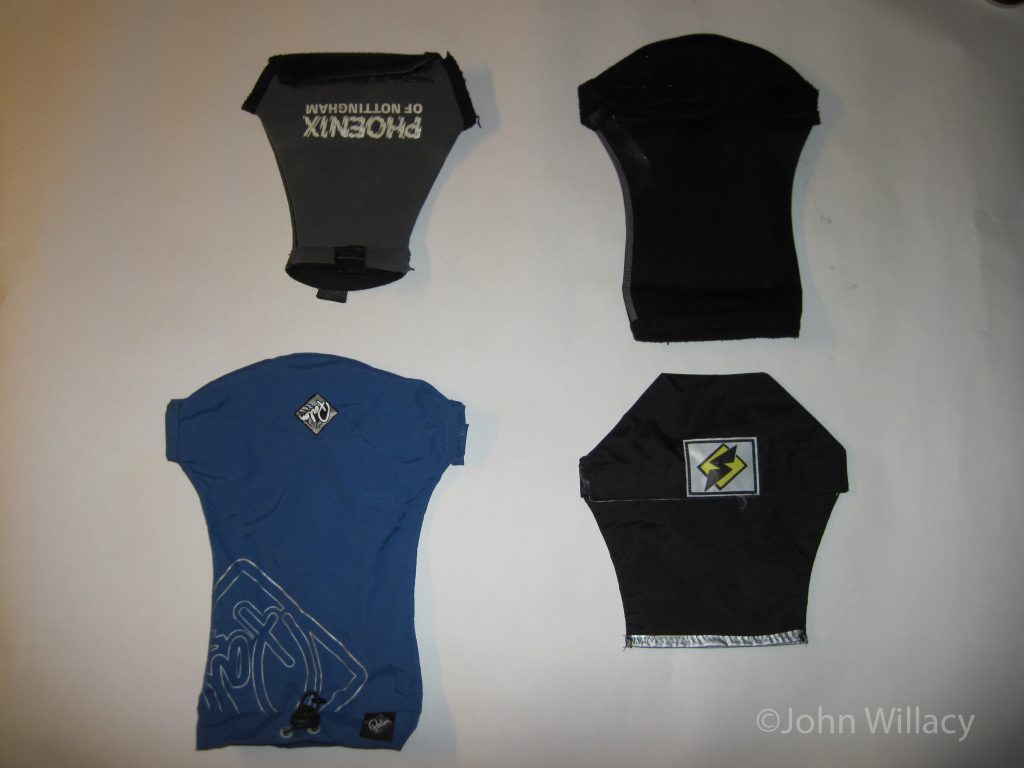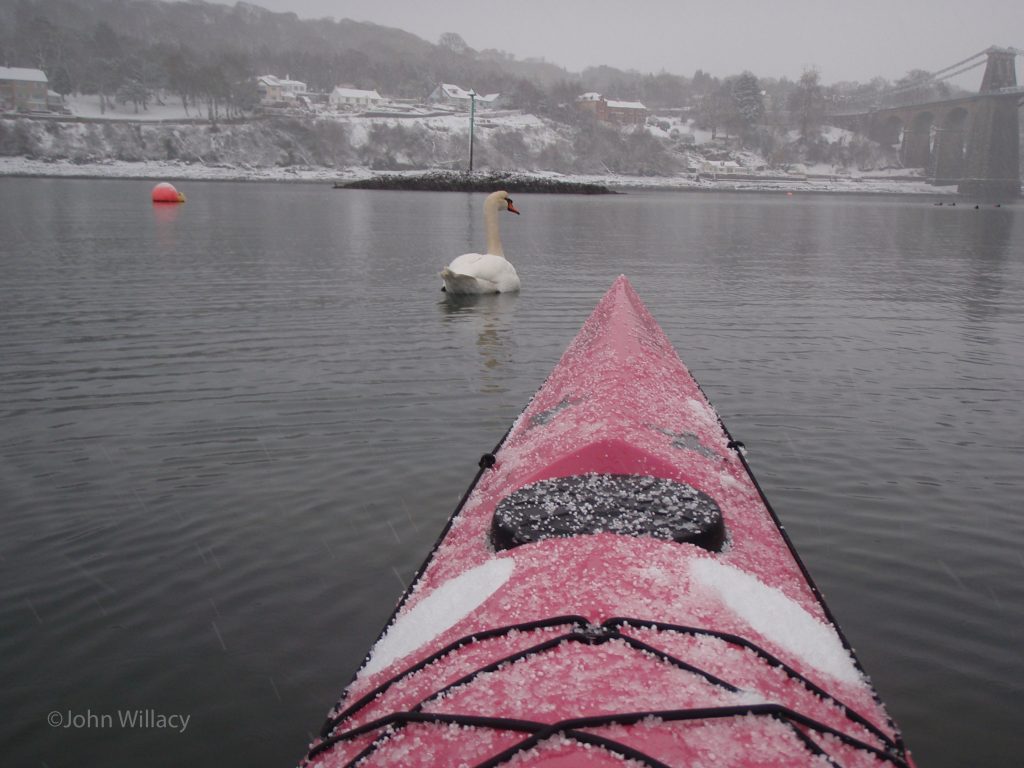By John Willacy
–
In the moderate climate of the UK, paddling and training throughout the winter is reasonably straightforward. That said, the weather can still make things a challenge or on some days downright uncomfortable.
The trick to paddling through the winter is to get warm and stay warm; training performance will be enhanced and the whole affair can be more appealing. It’s so obvious, eh?
Like so many areas of paddling and training it’s not really rocket science, but a little thought and consideration goes a long way. Sometimes we need a little reminder of what we can do to make life better for ourselves.
General
-
- Get warm, stay warm – once you are warm you are likely to stay warm for the session, even in pretty poor conditions.
-
- Have a structured and practiced warm-up routine, something that’s familiar and efficient. This may be as simple as 10 mins of steady paddling, or may incorporate sprints, a technical focus, flexibility exercises and so on. Find what works best for you and develop it into a regular routine.
-
- Minimise the chat – just because the spraydeck is on it doesn’t mean you are getting warm, the least you have to do is get moving! And if you can easily chat during your warm-up paddling then you may need to lift the pace a little too. However you don’t need to go mad; suddenly going off and paddling at top speed isn’t the best way of going about things either. Warm-up at a useful intensity – get moving, keep moving.
-
- Get your hands warm. Use pogies or gloves/mitts. If you are blowing on your hands, sticking them under your armpits or in your pockets, then you need to get your pogies on. Even if the weather doesn’t seem too bad, putting your pogies on will speed the warm-up along. Once you are warm, take them off and stick them in a hatch, cockpit or pocket for the session.
-
- Wind and rain have a greater cooling effect than just low temperatures. Protect your hands and try to warm up out of the wind. If this is not possible then run downwind or crosswind to minimise cooling effects.
Pre-Warm-up
-
- Start at home – get thinking of the session, this wakes the body and mind. It also minimises time wasted later sitting around on the water or standing in a cold car park, trying to plan what to do – think ahead.
-
- Change into base-layer paddling kit before you leave home. You can arrive warm and then just throw the waterproof layer on before getting on. You are also less likely to forget your favourite fleece or those crucial thermal knickers if you are already wearing them.
-
- Consider a short run, or fast walk before getting on to help get the blood flowing – or even just take the boats off a little more briskly! Don’t hang around.
Session
-
- 10 min overheat – once you start exercising, the body temperature starts to rise, but it takes a little while for the cooling side to catch up. After 10 mins or so you may well feel too warm. Be patient, don’t re-arrange any clothing yet. After 15-20 mins everything should settle down to a steady temperature. Now is the time to remove clothing if you still feel too warm.
-
- Stay Warm – keep moving between intervals. Again, minimise the chat. It only takes 2-3 mins stopped to feel the chill – it takes 4-5 times that to get warm again.
-
- Work in areas out of the wind if you can.
Kit/Dress
-
- Gloves v Pogies – that’s up to you. Some don’t like pogies, feeling that they are too restrictive. I don’t have a problem with that personally. Get a decent set of pogies – your hands are completely removed from weather and water, in a way that open palm gloves don’t do. Pogies also give you full contact with paddle shaft. Gloves tend to isolate each digit, whereas pogies allow each digit to warm the others – bonus!
-
- Pogies – keep them simple and lightweight. They are there to help speed up your warm-up and keep the wind off during the session on the coldest of days. Warmth comes from making the blood flow. Simple pogies designed for marathon racing work best for training sessions. Pogies are so essential in winter that I keep a spare (old) pair in the car just in case.
-
- Fleece lined – too warm and too heavy when wet.
- Neoprene – good for lowest temperatures and strong winds. Can be heavy when wet . Thin neoprene can be a little clumsy.
- Nylon – simple and easy. Lightweight, but may not be warm enough in arctic conditions.
- Keep them short – they only need be long enough to cover the bare skin of hands and wrists, up to the cag cuff. Longer just means more weight on your paddles and more material to get in the way.
-
- Clothing – Dress for safety, effective training and comfort.
-
- Dress for the weather – use thicker fleece layers for wind/rain. Multiple thin layers for fast /short work on still-air days.
-
- Dress to match the activity – a dry-suit may be the order of the day for winter open water paddling but it may be overkill for a high-intensity interval session in sheltered water, dump it for a lighter cag perhaps?
-
- Dress for the training area not the changing area. Just because you change in a warm clubhouse or a sunny car-park, it doesn’t mean the rest of the world is like that – dress for the windy and exposed place you are going to train in.
-
- Don’t overdress – if you sweat a lot early on this will over-cool later.
A few simple, common-sense measures can make winter training much more useful, and helps you face the challenge.
John Willacy
Nov 2016
